Frequently Asked Questions
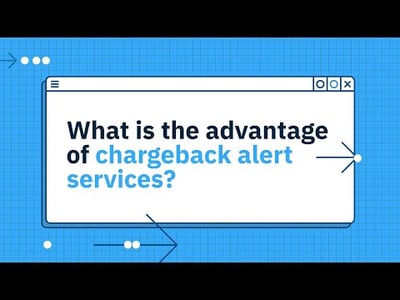 Chargeback Alerts
Chargeback Alerts
What is the advantage of chargeback alert services?
Chargeback alerts are an important tool for chargeback prevention. Chargeback alerts send the merchant a notification whenever a consumer contacts their issuer to initiate a chargeback. This early notification gives the merchant the opportunity to respond in a number of different ways—including issuing a refund or preparing to dispute or accept the chargeback. Thanks to the alert, the merchant has a wider array of possible responses and a longer timetable to make decisions.
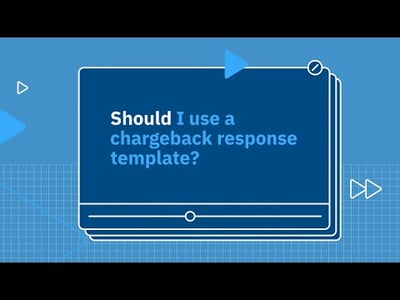 Chargeback Representment
Chargeback Representment
Should I use a chargeback response template?
It is certainly possible to use a chargeback response template to write a rebuttal letter. But it could ultimately prove more time-consuming and less effective than other methods. If you have the knowledge, experience, and available time to write your own letter, that is likely to be more effective than a template-based letter. Alternatively, if you do not have the time and experience, outsourcing your rebuttal letter creation is another option—albeit one that requires a degree of faith in the chargeback company that you hire. Another possibility is to use a tool that helps you write rebuttal letters through the use of dynamically generated templates, offering a balance of effectiveness, ease of use, and in-house control.
 Chargeback Representment
Chargeback Representment
How do I win a chargeback dispute?
The most important element of winning a chargeback dispute is having compelling evidence in your favor. Chargeback laws and procedures generally favor cardholders over merchants and there are no tricks to win a chargeback dispute without having good evidence. Beyond that, it is important to know how to craft a good rebuttal letter and to be familiar with the specific chargeback procedures of each card brand.
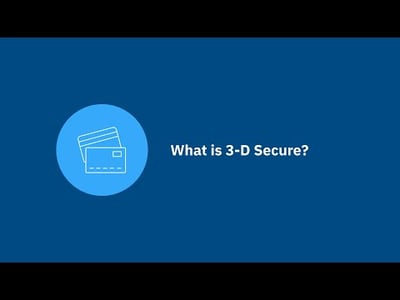 Chargeback Fraud
Chargeback Fraud
What is 3-D Secure?
3-D Secure is a fraud prevention security protocol for online credit card payments. It facilitates the exchange of customer information between acquirer and issuer whenever a customer makes an online purchase. This allows merchants to confirm the identity of a customer, cutting down on identity fraud and reducing the frequency of “unauthorized transaction” chargebacks.
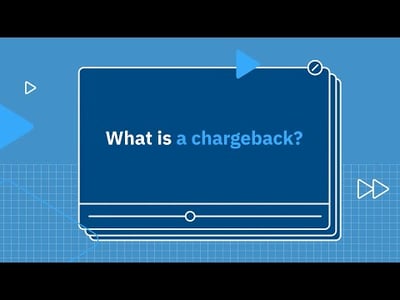 Chargebacks
Chargebacks
What is a chargeback?
A chargeback is a mechanism for returning payment to a customer after a disputed credit or debit card charge. Unlike a refund, a chargeback does not involve the direct communication of customer and merchant but, rather, involves communications between their respective banks (issuer and acquirer).
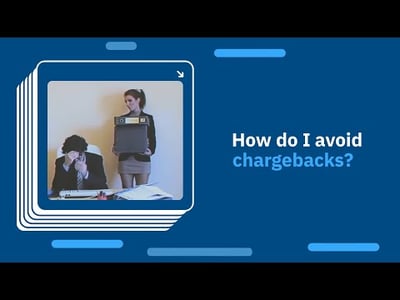 Chargeback Protection
Chargeback Protection
How do I avoid chargebacks?
It isn’t possible to avoid chargebacks entirely but merchants can take steps to reduce their susceptibility to them. The specific steps that particular merchants should take depend on their sources of chargebacks. Therefore any effort to reduce chargebacks begins with understanding chargebacks. But common, effective tactics include emphasizing customer service, being magnanimous with refunds, employing fraud detection and prevention tools, and taking advantage of other chargeback protection solutions.
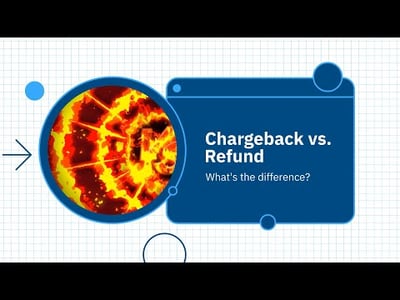 Chargebacks
Chargebacks
Chargeback vs. Refund: What's the difference?
While chargebacks and refunds are both methods of returning payment from a merchant to a cardholder, they are not the same. A refund is a voluntary return of payment, usually negotiated directly between the merchant and consumer, with no consequences for the merchant other than the lost revenue and potentially lost product. Chargebacks are the result of a much more complex process that involves multiple banks, processing costs, and fees. The consequences for merchants can be much more significant, as well.
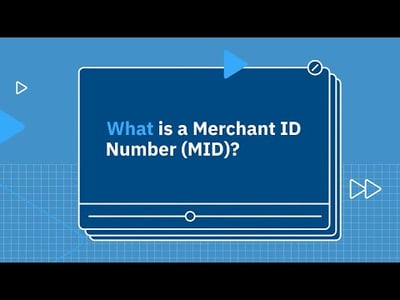 Chargeback Terminology
Chargeback Terminology
What is a Merchant ID Number (MID)?
A merchant identification number (MID) is a unique alphanumeric identifier that is assigned to a merchant account. It is used to identify the account at the various stages of processing a transaction.
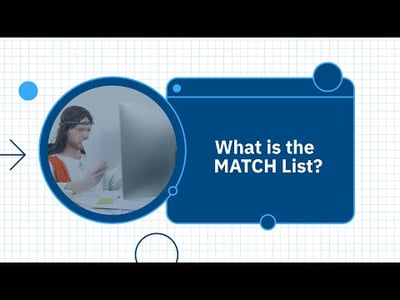 Chargeback Terminology
Chargeback Terminology
What is the MATCH List?
The MATCH List stands for Member Alert To Control High-risk merchants. It is a form of merchant processing blacklist. It lists merchants who have had merchant accounts terminated by their acquiring banks.